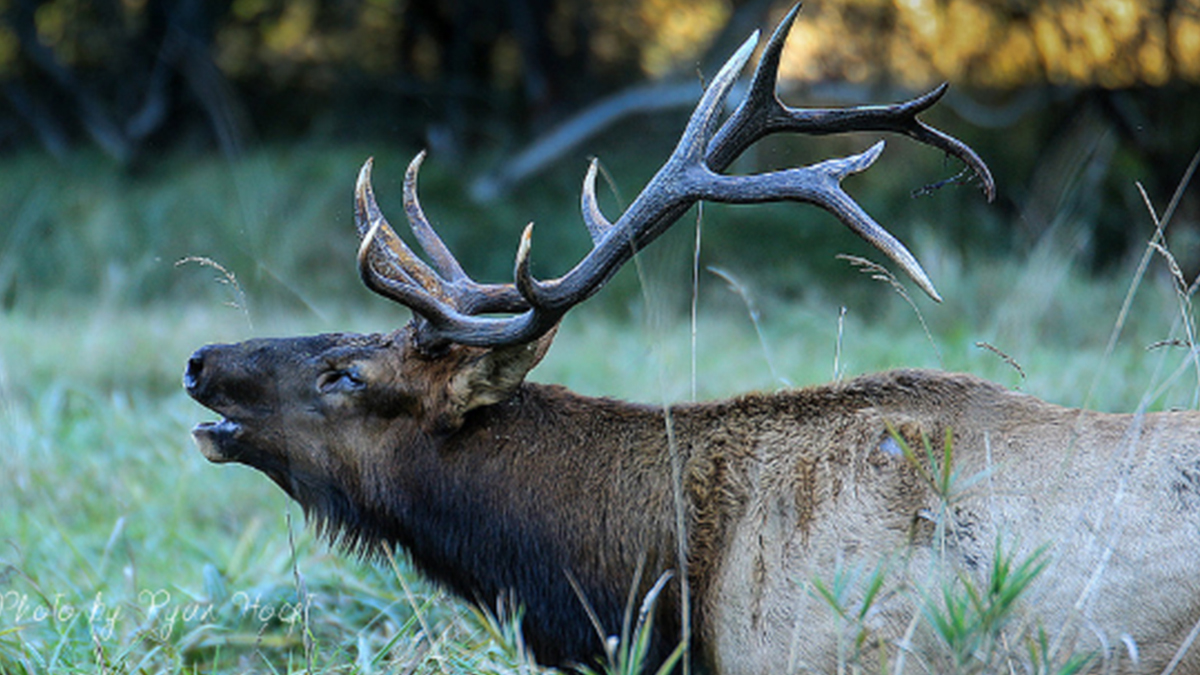 Below is a news release from the Oregon Department of Fish and Wildlife. For 2025, Fiocchi partnered with the Rocky Mountain Elk Foundation to increase the visibility of poaching incidents in an effort to reduce poaching.
Below is a news release from the Oregon Department of Fish and Wildlife. For 2025, Fiocchi partnered with the Rocky Mountain Elk Foundation to increase the visibility of poaching incidents in an effort to reduce poaching.
High-tech poaching emerged in Oregon when officials served search warrants on nine Clackamas County residences on Dec. 15 and 16, 2024.
Oregon State Police Fish and Wildlife (OSP F&W) Troopers arrested 13 individuals and seized 14 infrared thermal imaging devices, one rifle and four deer in an operation that followed months of investigation into the subjects’ use of Forward-Looking Infrared, or FLIR, to illegally kill deer, elk and other big game animals.
Laws prohibit the use of thermal and infrared devices to hunt, locate, or scout for wildlife because the heat-sensing technology undermines an animal’s natural ability to hide or conceal itself. FLIR users can spot an animal’s heat signature in complete darkness or heavy cover. Without camouflage or cover, animals are unable to forage or move around after dark.
Over the last two years, OSP F&W Division has received an increasing number of complaints regarding the unlawful use of FLIR technology to hunt or scout for big game animals. Several complaints originated in the Clackamas County area.
This fall, F&W Troopers began investigating several individuals who were reportedly using infrared technology to kill deer and elk in a specific area. Troopers were successful and the result underscores officials’ ability to navigate evolving technology, according to OSP Captain Kyle Kennedy.
“This case highlights the Fish and Wildlife Division’s ability to adapt to modern poaching threats and effectively investigate and seek criminal prosecution of poachers,” he said.
Infrared technology gives advantage to those using it and can result in an increase in the number of animals taken off the landscape, according to Jason Kirchner, Oregon Department of Fish and Wildlife (ODFW) District Wildlife Biologist based in Newport.
“Thermal or infrared use is illegal in Oregon, gives an unfair advantage, and is not a fair chase,” he said, “This illegal activity will increase harvest rates, reduce our game populations and hunting opportunities, and impact the public image of law-abiding hunters.”
Bernadette Graham-Hudson, ODFW Wildlife Division Administrator, agrees.
“Hunting regulations are in place to level the playing field for all hunters, and to maintain fair chase standards,” she said, “People who bypass the rules steal from legitimate hunters, and all Oregonians who wish to experience our wildlife as they recreate in the outdoors.”
The Oregon Hunters Association, a statewide organization invested in protecting Oregon’s natural resources, backs the effort to curb unethical practices, according to state President, Steve Hagan.
“OHA supports the vigorous enforcement of laws designed to protect wildlife, habitat, private property and hunter’s rights,” Hagan said.
Officials will file criminal wildlife charges with the Clackamas County District Attorney’s Office for all 13 individuals suspected of using infrared thermal imaging while scouting or hunting big game animals.
Due to the ongoing status of these cases, no further information is available for release.
The Protect Oregon’s Wildlife- Turn in Poachers campaign educates the public on how to recognize and report poaching. This campaign is a collaboration among state agencies, sportsmen and other conservationists, landowners, and recreationists to engage the public in combatting Oregon’s poaching problem. Our goal is to: Incentivize reporting on wildlife crimes through the TIP Line; Strengthen enforcement by increasing the number of OSP Fish and Wildlife Troopers; and Support prosecution in becoming an effective deterrent. The campaign helps to protect and enhance Oregon’s fish and wildlife and their habitat for the enjoyment of present and future generations.
(Photo credit: Oregon Department of Fish and Wildlife)
